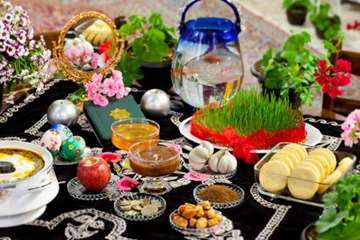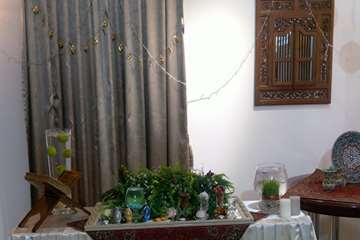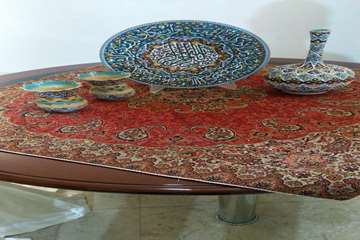Nowruz, the Persian New Year

Nowruz (نوروز), also known as the Persian New Year, is a celebration held in many places around the world, particularly in Iran, Kyrgyzstan, Afghanistan, Tajikistan, Russia, and other countries from the Black Sea basin to central and southern Asia, as well as parts of North America, South America, and Europe. The festival lasts for 13 days, from west to east, starting on the last Wednesday of February (in the Gregorian calendar) and ending on the fourth Thursday of March (in the Shia Muslim lunar calendar, which is followed in Iran and other countries).
Nowruz means "new light" in Persian, and it represents the end of the cold winter season and the beginning of a new year, full of hope and opportunities. During the festival, people clean and decorate their homes, wear new clothes, exchange gifts, and eat special foods. Some of the most popular dishes served during Nowruz include khoroviz (herbed lamb), tabboleh (a salad made of bulgur, vegetables, and herbs), and reshteh polloo (chicken noodle soup).
In some countries, such as Iran and Afghanistan, Nowruz is a public holiday, and schools and government offices are closed. However, in other countries, such as China and the United States, the festival is not a public holiday, but it is still widely celebrated by Iranians and other people of Middle Eastern descent.
The celebration of Nowruz has been inscribed by UNESCO as an intangible cultural heritage of humanity. According to UNESCO, "Nowruz embodies multi-cultural, multi-ethnic, and multi-religious identity. Its elements. such as music, dance, poetry, cuisine, and traditional attire, are evidence of a complex cultural heritage.





